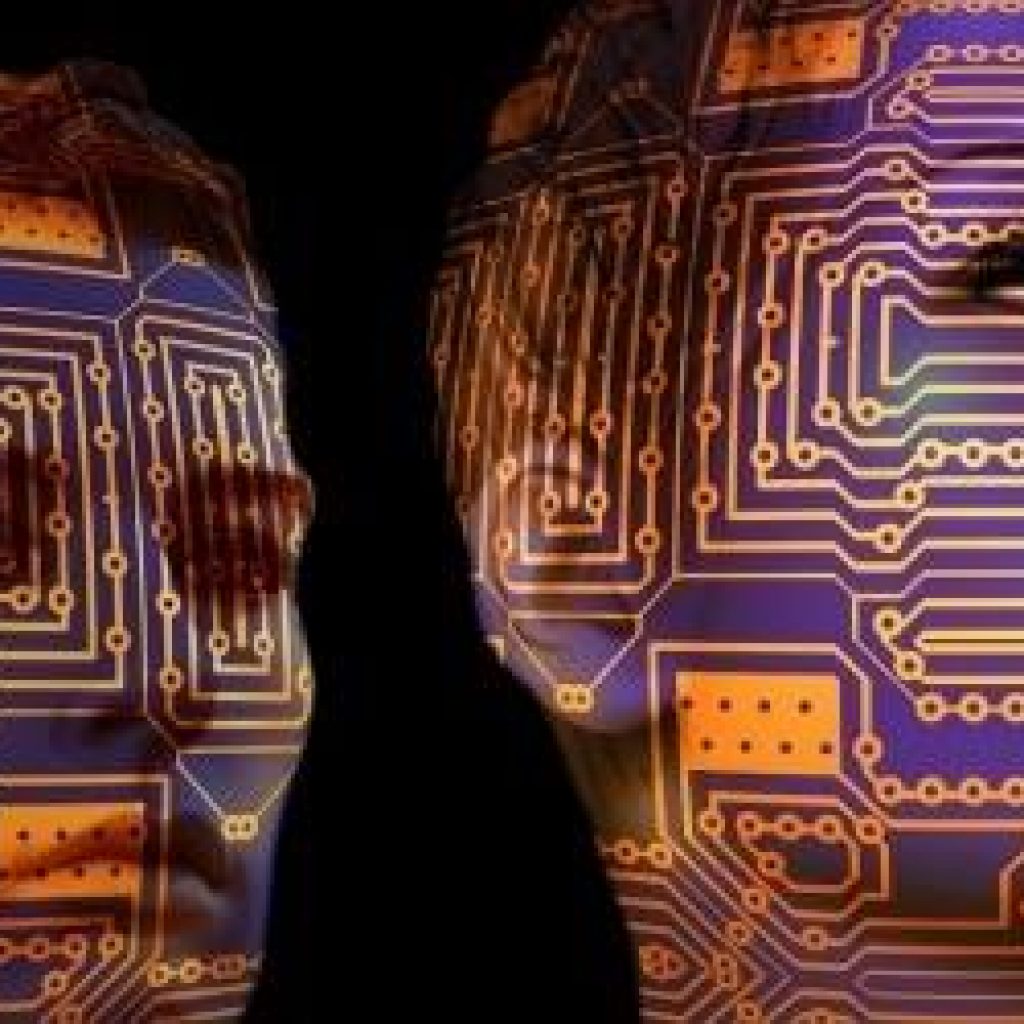(AnalyticsInsight.net) Quantum computing and machine learning are incredibly well matched. The features the innovation has and the requirements of the field are extremely close. For machine learning, it’s important for what you have to do. It’s difficult to reproduce that with a traditional computer and you get it locally from the quantum computer. So those features can’t be unintentional. It’s simply that it will require some time for the people to locate the correct techniques for integrating it and afterwards for the innovation to embed into that space productively.
The issue set that quantum computers are acceptable at solving includes number or data crunching with an immense amount of inputs, for example, “complex optimisation problems and communication systems analysis problems” — calculations that would normally take supercomputers days, years, even billions of years to brute force. The application that is routinely mentioned as an instance that quantum computers will have the option to immediately solve is solid RSA encryption. A recent report by the Microsoft Quantum Team recommends this could well be the situation, figuring that it’d be feasible with around a 2330 qubit quantum computer.
The unpredictability of fusing quantum computing into the machine learning workflow presents an impediment. For machine learning professionals and analysts, it’s very easy to make sense of how to program the system. Fitting that into a machine learning workflow is all the more challenging since machine learning programs are getting very complex. However, teams in the past have published a lot of research on the most proficient method to consolidate it in a training workflow that makes sense.
Well Matched Combo of Quantum Computing & Machine Learning
